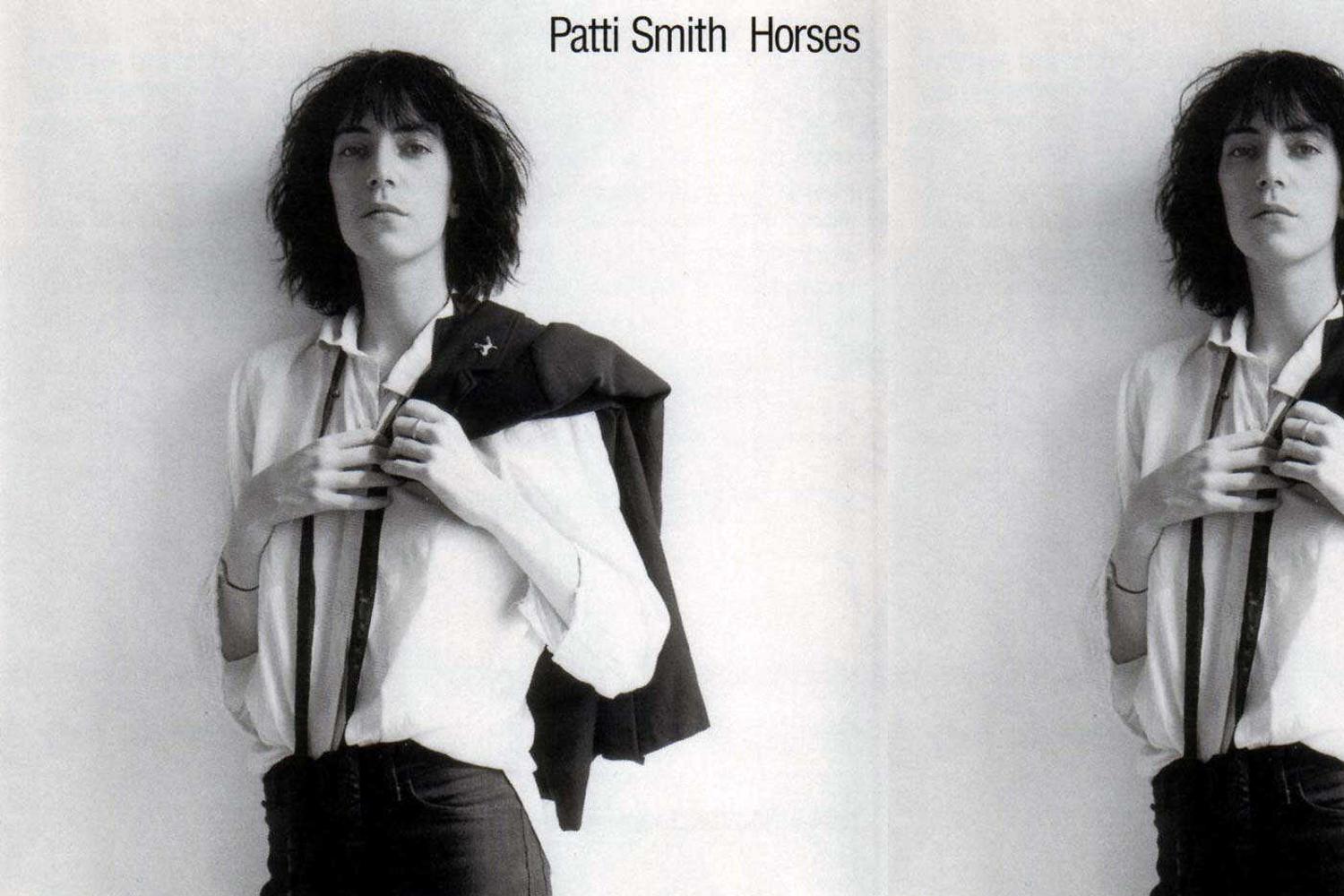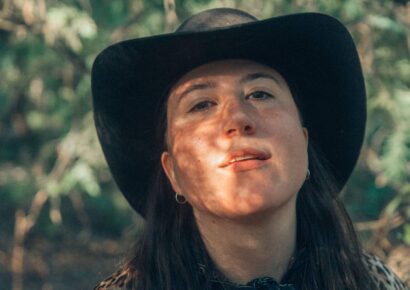Exploring a handful of the influences, both musical and not, that inspired an inimitable trailblazer of a woman - punk icon Patti Smith.
I first read Just Kids by Patti Smith when I was 20 years old, over a series of long train trips through the Japanese countryside (wah, take me back). Though I knew little more about the author than that I was drawn to her jet black shag, and frequently nodded along to “Because The Night” on golden oldie FM radio in the car, the brilliant memoir made a fast fan of me.
Read up on all the latest features and columns here.
I was mesmerised by Patti’s entire personage; by her fearless, searching creativity and deep investment in her artistic development. I was completely transported to her cigarette smoke hazed, poet and punk populated 1970s New York bohemia, wistful for her blistered yet beautiful youth.
Though much has been said about Just Kids’ heart-rending exploration of Patti Smith’s life-defining kinship with Robert Mapplethorpe – I was particularly taken by another aspect of the book. Patti does something that all of my favourite memoirs by artists do – from Kim Gordon’s Girl in a Band to Maggie Nelson’s The Argonauts – she lays bare the inspirations that made her who she is; these pages carry the heft of her reading, looking and listening. From writers to rock stars; cafés and conversations with strangers, she unfurls her hands, and offers us the glinting golden trinkets of her creative genealogy.
That same year I read a darling little book by Austin Kleon called Steal Like an Artist, (which in large part informed the idea for the inaugural instalment of this column), wherein he encourages creatives to explore the creative lineage of their favourite artists; to climb up the branches of their inspiration family trees. And so today, we will be doing just that. Exploring a handful of the influences, both musical and not, that inspired an inimitable trailblazer of a woman. And who knows, perhaps they’ll send you on an investigative breadcrumb trail of your own, and (hopefully) inspire you too.
Louisa May Alcott’s Little Women
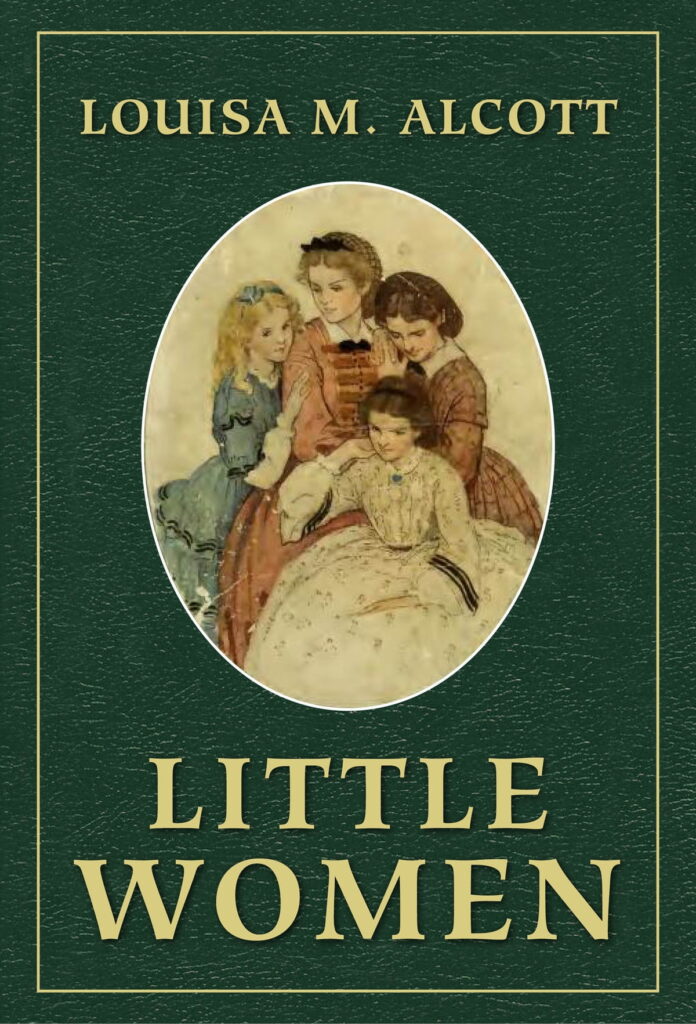
In a 2005 interview with New York Magazine, when asked about her childhood and whether her parents were culture consumers, Patti Smith responded:
“My father worked in a factory. Privately he was a very introspective and spiritual man, but my parents spent most of their life struggling to take care of us; we didn’t go to cultural events. We read a lot — I was very impressed with Little Women because the heroine was a writer. It gave me the courage to think that I could be one, too.”
Louisa May Alcott’s 1868 coming of age novel has, and will likely continue to be, extremely formative for many young readers, particularly those of the plucky, bookish and headstrong variety. The fact that Patti was moved by Jo March’s unabashed pursuit of her creative dreams, which she prioritises over expectations of domesticity and romantic love, is unsurprising. One could arguably draw a line straight from this fearless dreamer of a literary heroine to a young Patti Smith riding the bus to New York, freshly un-enrolled from her teaching degree without a penny to her name. As Patti reflects in Just Kids:
“No one expected me. Everything awaited me.”
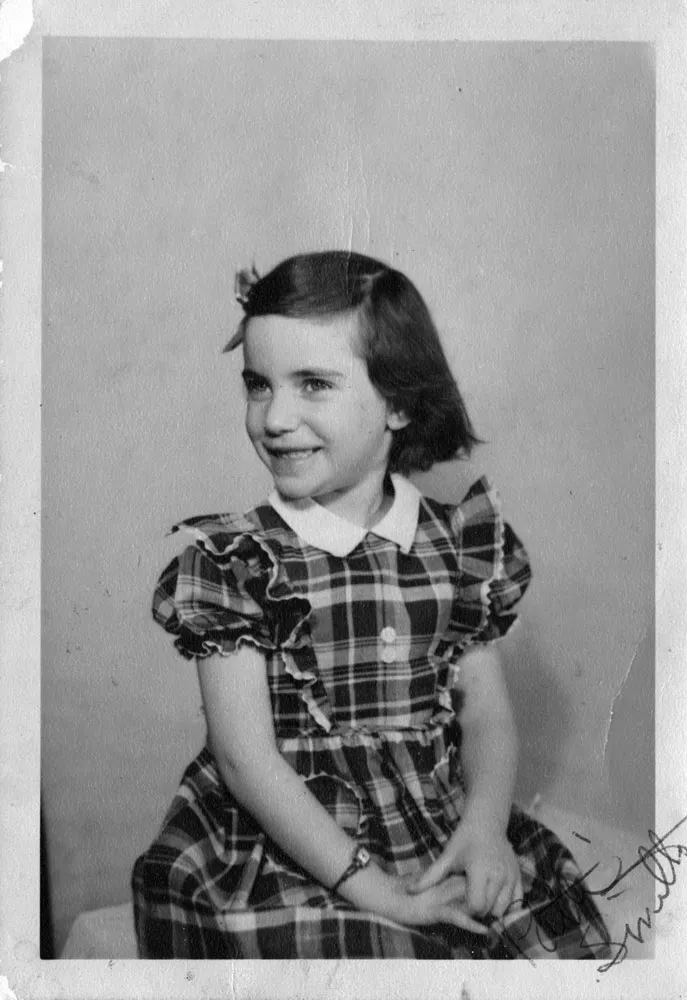
Arther Rimbaud

The first half of Just Kids features no less than 35 references to the brooding, ‘enfant terrible’ of a French poet, whom many have heralded as a progenitor of the surrealist movement – Arthur Rimbaud. Patti was enraptured by his roguish charms as a teenager, drawn to his portrait on a cover of his 1886 prose poetry collection Illuminations. Rimbaud fancied himself somewhat of an all-seeing prophet, drawing inspiration for his experiments in form, being one of the first of his milieu to abandon the constraints of traditional metric structure, from a universal life force that he believed informed all matter – “l’inconnu”, or, (“the unknown”). In a 2007 interview with The Independent, Patti boiled down her adoration of the wordsmith to the renegade irreverence she admires in many of her idols:
“If he had been living in our time, he would have been on the Mount Olympus of rock gods along with Jimi Hendrix and Jim Morrison and Bob Dylan and people like that… because he had all the components: he was experimental, irreverent but spiritual, a visionary. Brilliant, but divided about his brilliance, he both wanted people to comprehend his work, yet at the same time he held these same people in complete contempt – that same schism that was in Kurt Cobain. And certainly he was visually appealing – when I was 16, I thought he was beautiful, he served well as an imaginary boyfriend!”
The Films of the French New Wave
Patti famously worked at two iconic New York City bookstores as a young woman, The Strand and Scribner’s. With the latter of the two being a stone’s throw away from MoMA (The Metropolitan Museum of Art), where patrons can enjoy screenings of obscure, arthouse films as well as some of the world’s most famous artworks, Patti’s film education began, and seemingly hasn’t stopped since. So which films resonated with her most? She told NY Mag:
“I really loved the New Wave: Godard, Bresson, Rivette. I liked Rossellini, but especially the French. You had to wait till they came to the all-night theaters or the MoMA festivals—it still amazes me that I can walk into a video place and get The Passion of Joan of Arc or these movies that were so rare… sometimes you had to wait ten years to see a movie like that!”
The broodingly philosophical young characters, dripping with black sunglass-ed swagger, who populated Godard’s earlier work at the height of the New Wave movement, had a deep impact on a young Smith, similarly introspective and effortlessly hip in equal measure.
In what was undoubtedly a full circle moment for a lifelong cinephile, in 2010 Patti made a cameo in Godard’s feature Film Socialisme.
View this post on Instagram
When asked about her involvement in the project in a 2012 interview, which required her to join the director and his crew on a ship for ten days at sea, and further, why she thought she was chosen for the role, Smith said:
“Mr. Godard is very secretive so I’m not completely sure. He just decided he wanted to shoot part of his film on this cruise ship.”
“My duties were quite light… so we had a lot of time to get off the ship, when we were at port, and to explore Rhodes and Alexandria and Cyprus. When he needed me I was ready to perform or do the shots that he wanted. So it was mysterious and exciting.”
Maria Callas
Listening to the fierce and gravelly drawl of Patti’s poetic, almost spoken-word-esque vocals, it might surprise you to hear that one of her most cherished inspirations is Maria Callas, the American-born Greek soprano who was one of the most renowned and influential opera singers of the 20th century, praised for her bel canto technique, wide vocal range and uniquely dramatic flair.
“It’s the music that I gravitated toward as a child, I just have no talent for it,” Patti commented at the Metropolitan Opera House’s 132nd annual opening night gala in 2017.
“I love being part of an evening like this because it was so [financially] out of grasp when I was younger. Believe me, if I could sing like Maria Callas I would be up there doing ‘La Traviata.’ I think I would be great. I know that sounds so conceited, but I just know I would know what to do.”
Though their oeuvres couldn’t differ more sonically, elsewhere Patti divulged that the connection between her artistry and Maria’s, is an emphasis on emoting vocally:
“What I learned from Maria Callas, from listening to her and studying her over and over is how to deliver the inner narrative of the song with feeling. So that the listener feels it, feels what the message or the essence of the song is. Because I listened to Maria Callas for years when I was younger and often didn’t have a libretto, sometimes I never knew what the songs were about, but they would still make me cry and they would still make me feel strong, or they would make me feel empowered or ecstatic. I learnt how to find that in the narrative and express it, note by note.”
Thrift stores
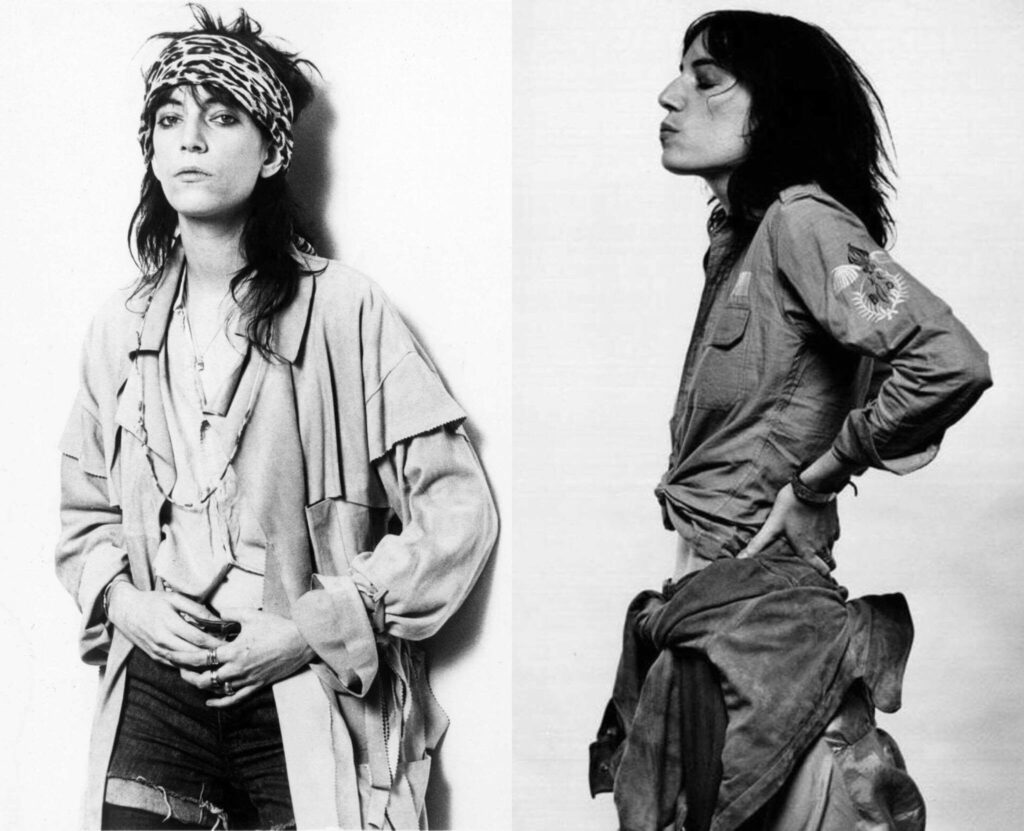
When asked by New York Magazine if anything in particular had inspired her now immediately recognisable look in the 70s, Patti revealed that her wardrobe was almost entirely thrifted.
“In the early sixties I went to thrift stores—it was possible to buy an Irish-tweed coat for 50 cents, or a Dior blouse. When I had more control, I liked the way nineteenth-century poets dressed. Even the cover of Horses reflects that: the black ribbon, the white shirt. I’m still pretty much wearing the same kinda clothes as when I was 20.”
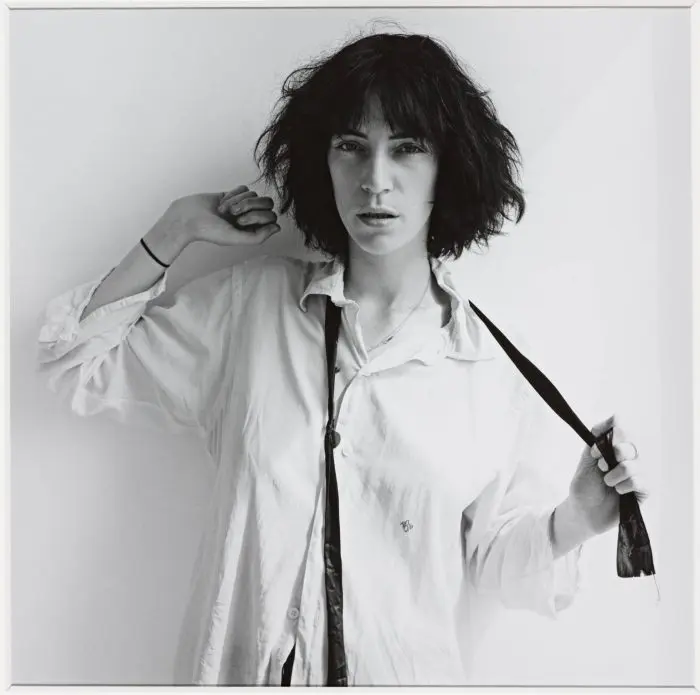
In another interview with Stephen Mooallem, Patti explained that her fascination with fashion had begun as a child, when she encountered images of couture garments, rifling through copies of Vogue and Harpers Bazaar to make collages with her siblings:
“Even as a kid, what I was wearing was always very important to me. I very much identified with my clothing. I just didn’t like the storebought clothing that I was asked to wear. But these clothes I’d find at the thrift stores really suited my frame. I felt like myself in them.”
To this day Patti’s mark on fashion history is abundantly clear, from the continual reappearance of her signature shag on runway models and rock star ingenues, to the induction of a worn out old pair of her army boots into the Rock n’ Roll Hall of Fame.
Jim Morrison
A particularly enchanting passage of Just Kids, is that in which Patti recounts the first time she felt an all-consuming pull to perform music live – when watching The Doors amongst a bustling. New York City crowd. It’s a moment that’s at once extremely relatable for anyone musically inclined, and yet, it’s mythic when you zoom out and reflect on who that scrappy young woman with wide eyes and huge dreams came to represent within the history of rock n’ roll.
“I felt, watching Jim Morrison, that I could do that. I can’t say why I thought this. I had nothing in my experience to make me think that would ever be possible, yet I harboured that conceit. I felt both kinship and contempt for him. I could feel his self-consciousness as well as his supreme confidence. He exuded a mixture of beauty and self-loathing, and mystic pain, like a West Coast Saint Sebastian.”
The punk icon has waxed lyrical about her adoration of Morrison countless times over the years, and even recounted an occasion on which they briefly crossed paths in an interview with Far Out magazine.
Smith vaguely recalls the encounter having happened in 1970, by which point she had begun her pursuit of a music career, but was nowhere near close to reaching the heights of fame she would eventually achieve.
In the habit of attending press parties that bands would hold, with hopes of scoring free food, being a literal starving artist, she found herself at one being held for her idol himself.
“The Doors party was really cool because you had these long tables with all the food, then you went into the party. So, I had this bag, and I’m getting food for me and Robert (Mapplethorpe), I’m getting fruit and bread, all this stuff. Then I hear this voice go, ‘The hamburgers are really good too’, then I look and way at the end sitting all by himself was Jim Morrison. I was caught, so I just went over and grabbed a hamburger then said, ‘Thank you’. He nodded, and that was it.”
Keep up to date with all things Patti Smith here.
